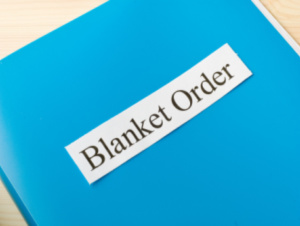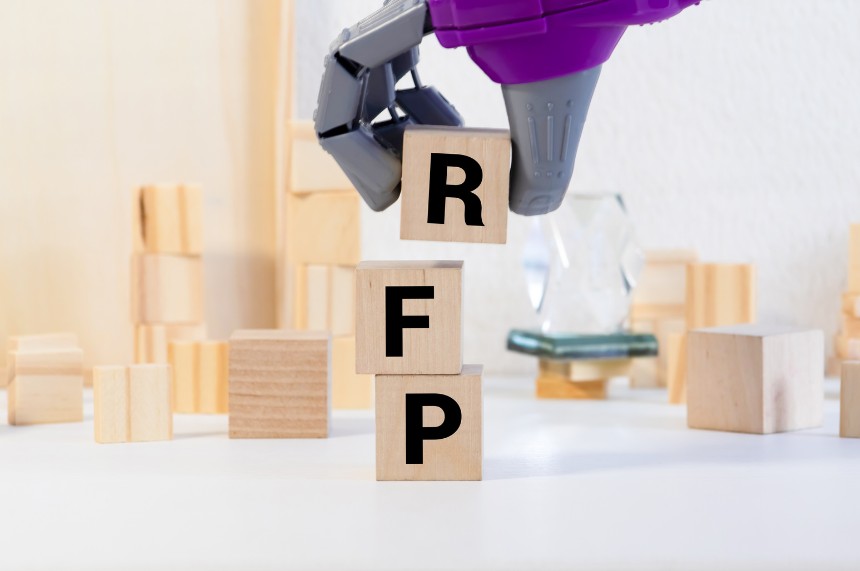Purchase Order (Part-1): What it is? & What are the Different Types?
Business | July 20, 2022 | ByPurchase orders (POs) are not new. We release POs when we order something from Amazon or any other e-commerce site. In the same way, product manufacturing companies release POs when they require a new component or part. Before releasing a Purchase Order, a product manufacturing company goes through a set of processes.
Once the product team finalizes the Bill of Material (BOM), representatives from production, sourcing, engineering, and other departments meet and review the details of the parts or components. They decide whether the list of parts or components can be “make”, “buy”, or “make and buy”. The parts produced in-house are known as “make” parts. And the parts procured from outside are known as “buy” parts. Another category of parts that is “make and buy” is where some parts are produced in-house as well as procured from suppliers as per the company strategy.
The buyers convert the Requests for Purchase (RFPs) for the buy parts. The buyers ensure the correctness and completeness of the information and raise Requests for Quotation (RFQs) and send them to suppliers/vendors. Once the suppliers submit the quotations, the buyers then compare and review the quotations using spreadsheets. The buyers then release the Purchase Orders to the selected suppliers.
Every time the design team releases a new part or a revision of an existing part, the sourcing and procurement teams repeat the above processes. They raise RFPs, gather quotations from multiple suppliers, compare them, and then finalize suppliers.
What is a Purchase Order?
A Purchase Order is a legal document released by the buyer organization to the supplier or vendor organization to authorize the purchase. It contains the order details such as item types, quantity, payment terms, delivery date, and much more. . A PO is a key document for maintaining audit trail and keeping accurate and complete financial records.
Purchase Order Types
It is important to note that there are different types of Purchase orders for various purposes. Primarily, there are four types of POs:
1. Standard Purchase Order
2. Spot Purchase Order
3. Blanket Agreement
4. Blanket Release
5. Sample PO
Apart from the above four main PO types, there are some variations in standard POs like sample POs and there are also purchase contracts and supplier agreements.
Standard Purchase Order
 The most common type of purchase order is the standard purchase order. Buyers create standard POs for a one-time purchase of various items, for example, purchasing a piece of machinery for production. At the end of a supplier selection process, buyers release Standard POs for a part. They have limited validity in terms of supply period and quantity and are sometimes amendable depending on the need. POs contain information about the buyer and supplier organizations, item/part numbers, ERP item codes, item descriptions, unit prices, UOMs, PO issue date, delivery dates, payment terms and conditions, and quality requirements. Also, organizations release every standard PO, after going through a due approval process based on the organizational approval structure.
The most common type of purchase order is the standard purchase order. Buyers create standard POs for a one-time purchase of various items, for example, purchasing a piece of machinery for production. At the end of a supplier selection process, buyers release Standard POs for a part. They have limited validity in terms of supply period and quantity and are sometimes amendable depending on the need. POs contain information about the buyer and supplier organizations, item/part numbers, ERP item codes, item descriptions, unit prices, UOMs, PO issue date, delivery dates, payment terms and conditions, and quality requirements. Also, organizations release every standard PO, after going through a due approval process based on the organizational approval structure.
Spot Purchase Order

Spot POs are slightly different from standard POs. Even though Spot POs have the same details as standard POs, they don’t require an RFQ process. In most product manufacturing companies, there is a cap on the value for spot PO. When product manufacturing companies use proper e-procurement software, the need for spot POs reduce.
Blanket Agreements
 A blanket purchase agreement is an agreement released at the end of production sourcing, that is, when the part and the supplier have been finalized. To fill the repetitive needs at the buyer end, the buyer organization sends a blanket agreement. Its duration varies between a few months to a few years. A blanket purchase agreement allows the buyers and the suppliers to lock the terms of purchase, such as item cost, lead time, cost-saving over time, contract period, quality requirements, etc. A blanket agreement does not specify the exact delivery data and item quantity.
A blanket purchase agreement is an agreement released at the end of production sourcing, that is, when the part and the supplier have been finalized. To fill the repetitive needs at the buyer end, the buyer organization sends a blanket agreement. Its duration varies between a few months to a few years. A blanket purchase agreement allows the buyers and the suppliers to lock the terms of purchase, such as item cost, lead time, cost-saving over time, contract period, quality requirements, etc. A blanket agreement does not specify the exact delivery data and item quantity.
Some of the advantages of blanket agreements are:
1. It improves efficiency and reduces purchasing lead times. Also, it eliminates and streamlines the repetitive process of issuing a standard PO to buy the same item.
2. It allows the buyer and supplier organization to focus on the operational requirements.
3. It necessitates buyer organizations to perform demand forecasting and plan the purchases ahead of time thereby gaining volume savings and increasing negotiating power.
Blanket Purchase Releases

Buyer organizations issue blanket purchase orders against blanket agreements when they need parts. Such POs are sometimes called blanket releases or Open POs. A blanket release is based on the terms and conditions of the blanket agreement; the only addition is the quantity and date of delivery.
Sample PO
A sample PO is usually issued before an RFQ is sent to a supplier. That is before the discussions on cost happen. The purpose of a sample PO is to check the supplier’s manufacturing feasibility – part quality and manufacturability.
Why Zumen for Purchase Order Management?
When companies lack a proper system to work with, the sourcing and procurement teams spend most of their time on administrative tasks. Understanding that the purchase order is a key document in managing financial expenses, a best-of-breed platform such as Zumen understands the benefits of purchase order collaboration in real time and enables companies to handle the changes and track PO statuses easily along with advanced PO capabilities such as:
-
-
- Streamlining the RFQ process so that the need for spot POs reduce
- Designating approval workflow based on commodity, region, program or PO value.
- Blanket PO value automatically factoring the raw material rate changes
-
If you’d like to explore more, feel free to reach out to [email protected] or get a free demo.
















